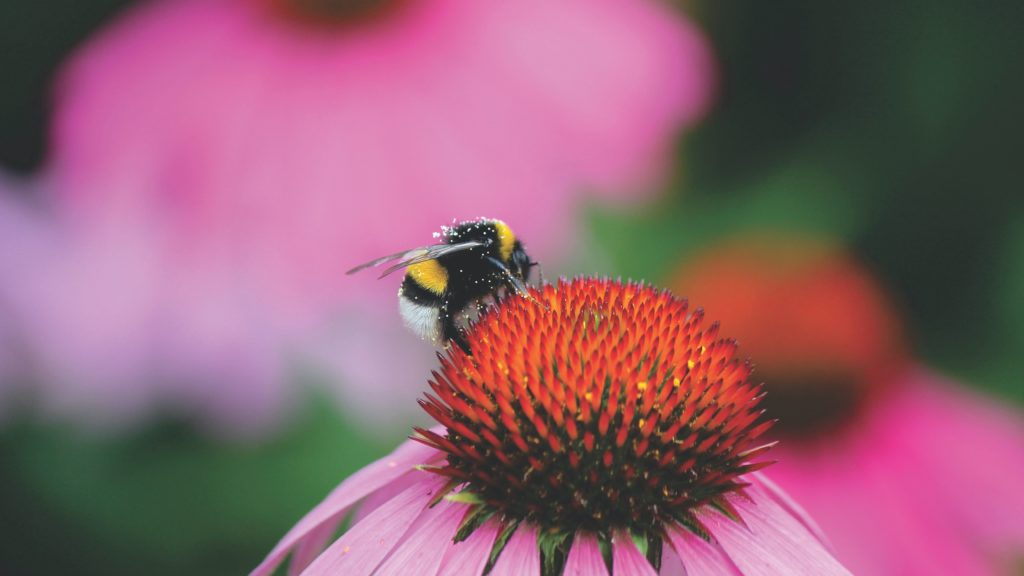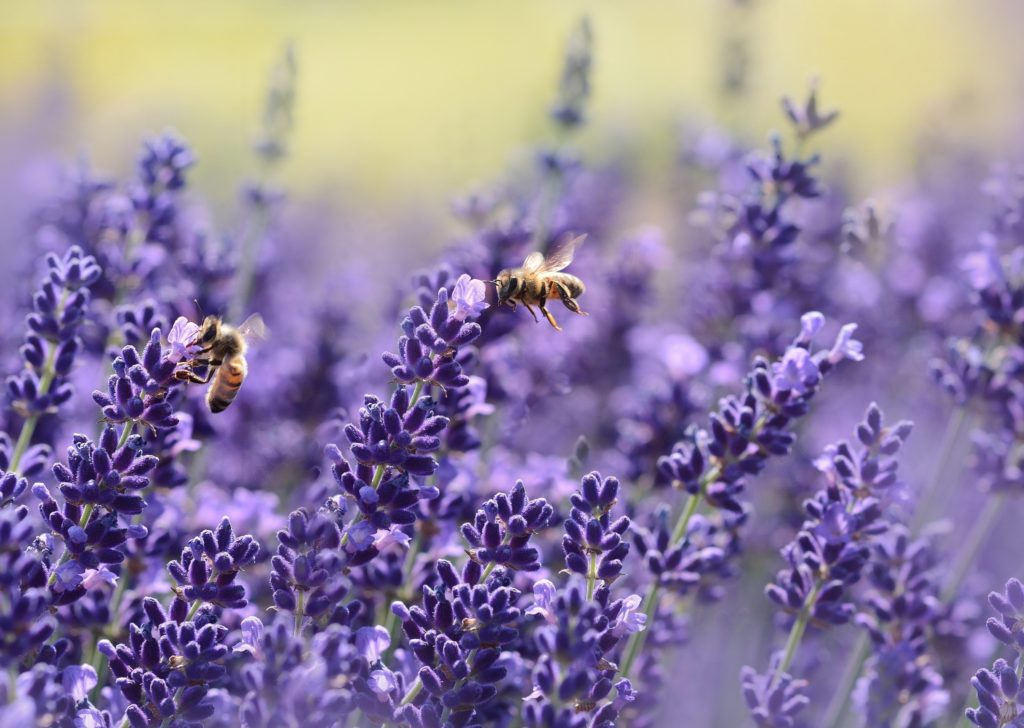How to Welcome Pollinators With Pollinator Friendly Yards

Pollinators are on the decline, which is bad news. They are indispensable partners for the estimated one out of every three bites of food we consume. They are also essential to the growth of plant fibers and many medicines that keep us healthy. The good news is that you may be able to help by creating pollinator friendly yards. Creating even the smallest native garden can help eliminate environmental and man-made pressures. Pollinators that rely on specific plants to survive are threatened by habitat loss and invasive species. Including a diversity of native plants in your landscape is an easy and beautiful way to support a pollinator sanctuary.
What Is A Pollinator?
Bees, butterflies, hummingbirds, and other pollinating insects are attracted to areas in a garden with a diversity of flowering plants. Pollinator gardens are both beautiful and help support thousands of species. However, planning your pollinator-friendly landscape does not end with your plant list. The layout of your gardens and your plants' organization is a great way to start planning for pollinators.
Meet the Pollinators

Bees are attracted to particular colors and are drawn to native plantings cultivated in the garden. North America has over 3,600 species of bees. Bee species vary in size, shape, and tongue lengths, and therefore are attracted to different flower preferences. A diversity of plants is needed to satisfy all.
Butterflies are attracted to red, green, dark pink, purple, and yellow blossoms; they are specific to the variety of flowers they nectar upon, but only a few species eat pollen. Butterflies gravitate to wide landing platforms and clusters of flowers. Eutrochium, Joe Pye Weed, is a butterfly favorite. 725 butterfly species can be found in North America.
Moths, using their feathered antennae, locate night-blooming fragrant flowers in hues of light pink, white, or creamy beige. There are 11,000 species of moths are in North America, outnumbering their butterfly cousins.
Beetles are thought to be the most ancient pollinator, with approximately 30,000 species inhabiting North America. Beetles move slowly and rely on their sense of smell to pollinate large, strong-scented flowers, such as Solidago, and Goldenrod.
Flies are a diverse group of insects that have varied feeding habits. Only half of the fly species forage on nectar and pollen. Not all flies are pollinators. Those that are pollinators are attracted to pale, dull brown, purple, or white flower clusters.

Hummingbirds are the number one bird species that aid in pollination. There are more than 50 species of hummingbirds in North America. Brightly colored tubular flowers, especially red blossoms, attract hummingbirds.
There are many ways to design a garden for pollinators. Considering your landscape's size conditions and your initial budget will be the main factors in determining the kind of garden you want to create. If your plan is to enhance an existing garden, you can simply add more pollinator plants. On the other hand, if you would like to establish a new garden, you might want to begin with a more detailed plan. We will discuss a few options for enhancing and establishing new pollinator gardens.
Creating A New Pollinator Garden Bed
Creating garden beds dedicated to pollinators is a great way to generate interest in your garden while also reducing the amount of lawn on your property. Removing and replacing areas of the yard can be laborious. Hiring a landscape designer to guide you in plant selection and design will inspire your pollinator garden plan.
Pollinator gardens should be designed with various plants, and plant varieties should be arranged in drifts. Grouping the same species together will provide a traditional style and create better pollinator targets.
When planning a garden, many focus only on perennials; however, shrubs can also be a great addition to your garden and provide a larger quantity of blooms for pollinators.
Pollinator Garden Design
Enhancing Your Garden for Pollinators
Improving or expanding your landscape for pollinators may involve adding the right plant varieties to attract wildlife. Using a layering method may enhance foundation plantings that already exist in your beds. Extending beds and planting in layers can be an aesthetically pleasing way to add interest to your landscape. Native ground covers or pollinator perennials included in border plantings can be a great way to start transitioning your garden.
Attractive Pollinator Lawns
Eliminating turf grass from our lawns has become an ecological accomplishment when considering residential landscape design. Many new sustainable choices for our yards have been celebrated in design practices in recent years. The elimination of turf lawns does not always have to be replaced with a naturalistic meadow. For those who prefer a formal landscape, the addition of native ground covers can create beautiful and well-established pollinator friendly yards.
Container Gardening for Pollinators
Pollinator friendly yards come in all shapes and sizes. If you live in an urban environment or have little garden space, container gardens can be established on patios, porches, and even rooftops. Containers are a great way to accent or extend your pollinator garden to other areas within your property.
Plants to Include in your Colorado Pollinator Garden
Bee and Butterfly Favorites
Bees Friendly Plants
Hyssop, Agastache
Monarda, Bee Balm
Nepeta, Catmint
Wild Geranium, Cranesbill
Solidago, Goldenrod
Gayfeather, Liatris
Beards Tongue, Penstemon
Russian Sage
Sedum ‘Autumn Joy’
Achillea millefolium, Yarrow
Butterfly Friendly Plants
Symphyotrichum, Aster
Rudbeckia, Blackeyed Susan
Asclepias, Milk-Butterfly Weed
Echinacea, Coneflower
Tickseed, Coreopsis
Gaillardia aristata, Blanket Flower
Eutrochium, Joe Pye Weed